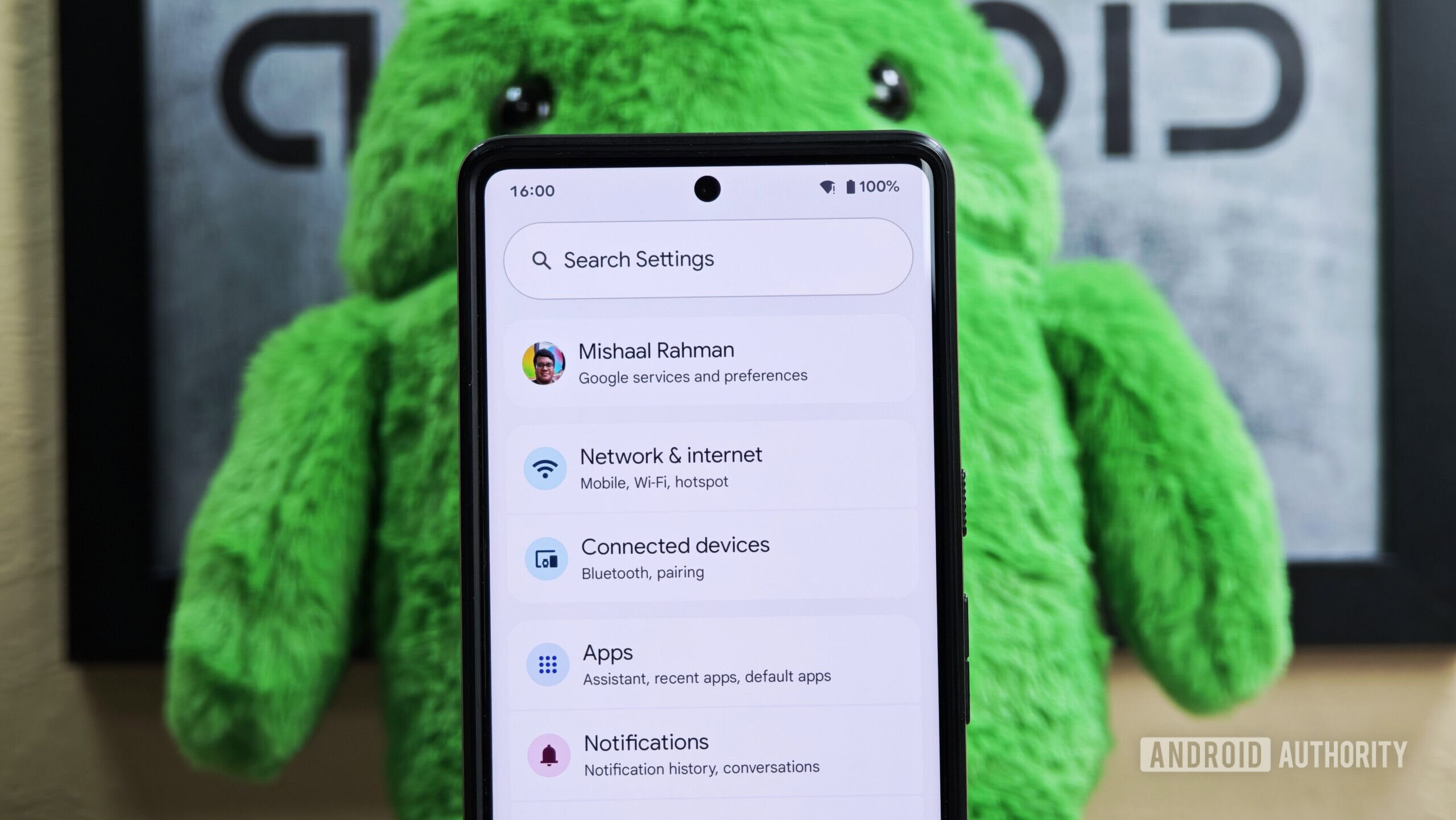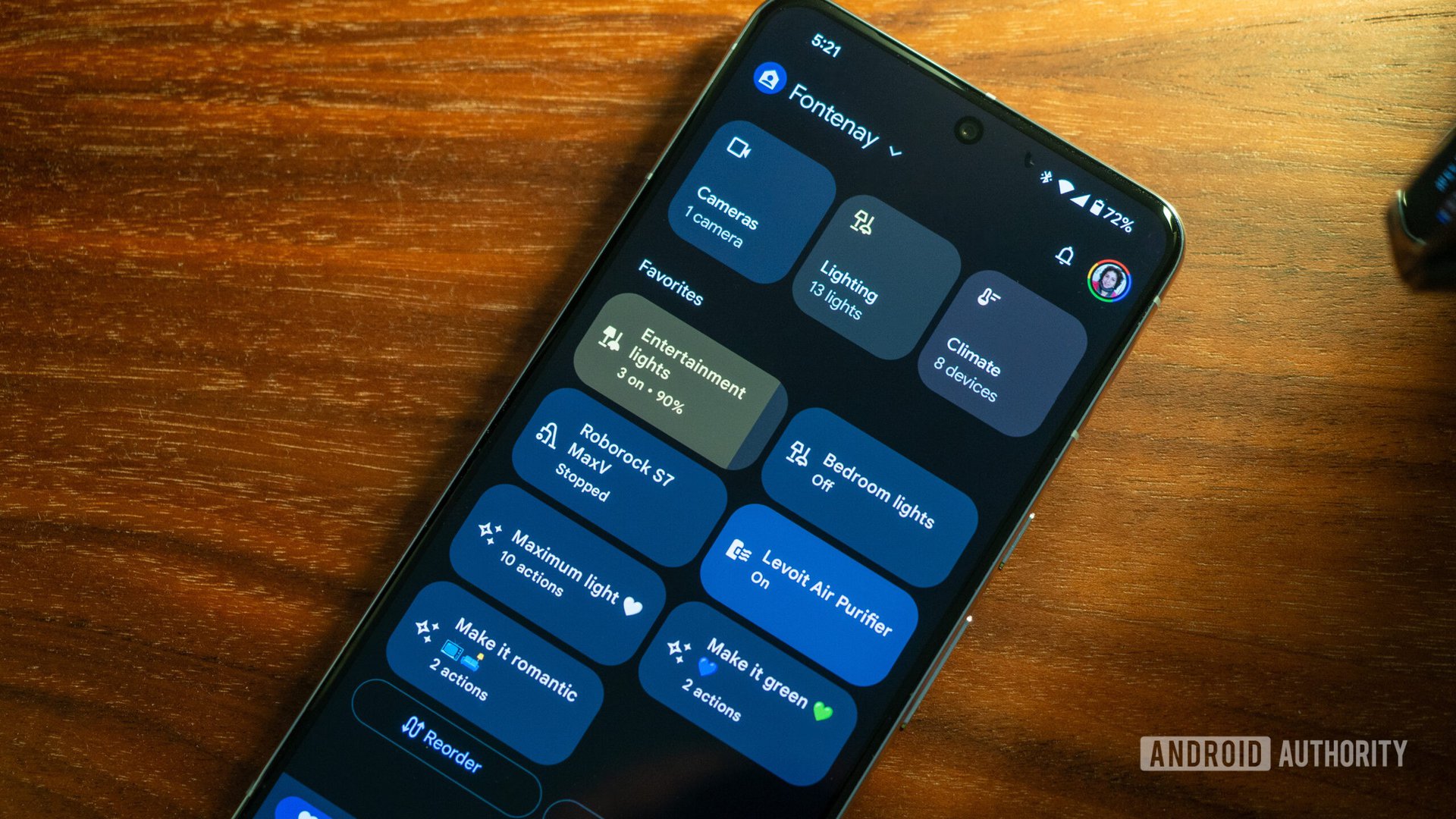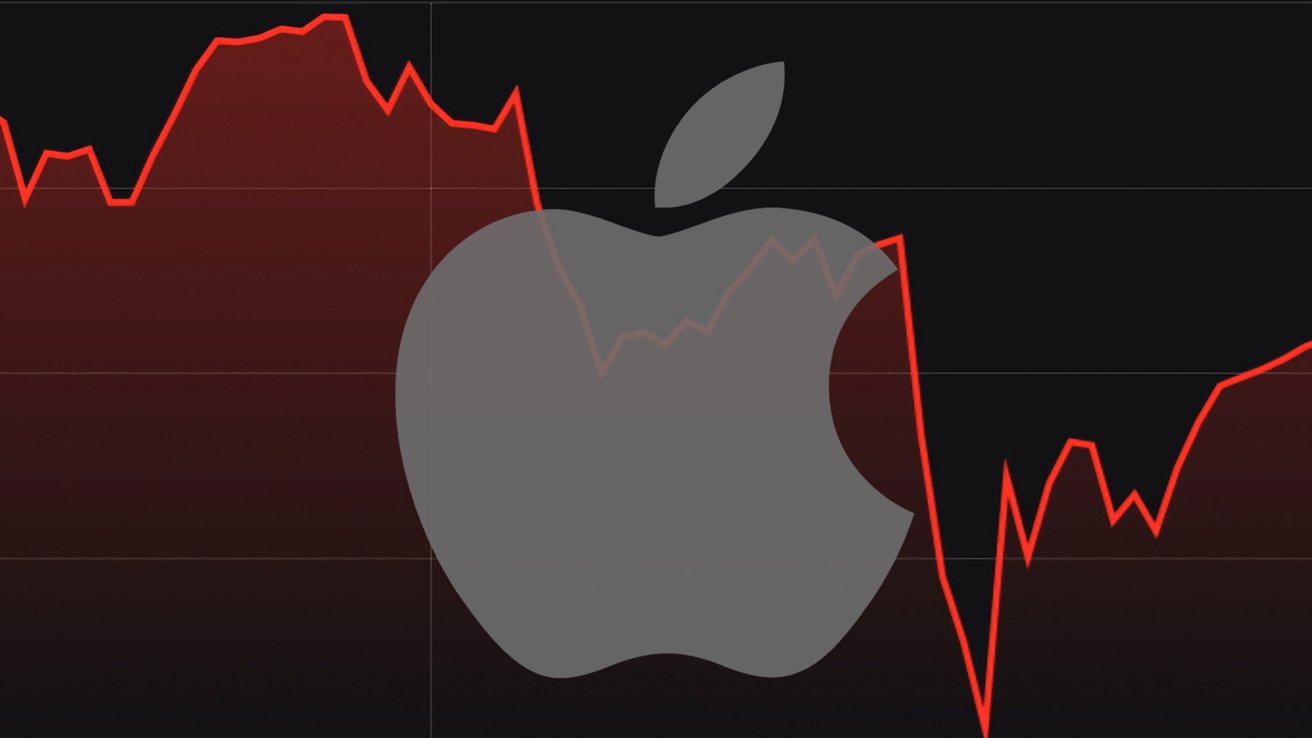Why CISOs Need to Rethink Endpoint Security in 2025
In 2025, as the digital world grows increasingly interconnected and the line between corporate and personal tech fades, Endpoint Security for CISOs becomes more critical than ever. Chief Information Security Officers (CISOs) are faced with the daunting task of protecting a growing array of endpoints, from traditional laptops and smartphones to IoT devices and remote […] The post Why CISOs Need to Rethink Endpoint Security in 2025 appeared first on Cyber Security News.

In 2025, as the digital world grows increasingly interconnected and the line between corporate and personal tech fades, Endpoint Security for CISOs becomes more critical than ever.
Chief Information Security Officers (CISOs) are faced with the daunting task of protecting a growing array of endpoints, from traditional laptops and smartphones to IoT devices and remote workstations.
The attack surface has expanded dramatically, and cybercriminals are exploiting these changes with increasingly sophisticated tactics. Ransomware, fileless malware, and AI-driven attacks are now common threats that can bypass outdated defenses.
As organizations rely more on digital infrastructure, the risks associated with endpoint vulnerabilities have become business-critical.
To stay ahead, CISOs must fundamentally rethink their approach to endpoint security, ensuring it is dynamic, adaptive, and resilient enough to meet the challenges of the modern threat landscape.
The Shifting Landscape of Endpoint Security
Gone are the days when a simple antivirus program was sufficient to protect organizational endpoints. The modern endpoint is a gateway to sensitive data and critical business operations, making it a prime target for attackers.
With remote work now standard practice and employees connecting from various locations and devices, the network perimeter is effectively gone.
Attackers exploit this complexity, using advanced techniques that evade traditional detection. Endpoints are now the frontline in the battle for cybersecurity, requiring protection that is proactive rather than reactive.
CISOs must recognize that relying on legacy tools and fragmented solutions is no longer viable. Instead, they need to adopt holistic security strategies that provide real-time visibility, rapid response, and continuous adaptation to new threats.
The endpoint has become the new perimeter, and its security is central to the organization’s overall resilience.
Key Strategies for Modern Endpoint Protection
To address the evolving threat landscape, CISOs must implement a comprehensive endpoint security framework that goes beyond basic prevention. This involves multiple layers of defense, intelligent automation, and a strong focus on risk management.
A robust endpoint security strategy includes several essential elements:
- Zero Trust Implementation – Zero Trust principles require that every device and user be continuously verified, regardless of their location or network. This approach limits access to only what is necessary, reducing the risk of lateral movement if an endpoint is compromised.
- AI-Driven Threat Detection – Modern endpoint solutions leverage artificial intelligence to identify unusual behaviors and patterns that may indicate a threat. This enables faster detection of sophisticated attacks that traditional systems might miss.
- Cloud-Native Security Platforms – Cloud-based security tools provide scalability and real-time updates, ensuring consistent protection across all endpoints. They also simplify management and enable organizations to respond quickly to emerging threats.
- Automated Patch Management – Keeping endpoints updated is critical, as unpatched vulnerabilities are a common entry point for attackers. Automated systems can prioritize and deploy patches efficiently, reducing the window of exposure.
- Endpoint Detection and Response (EDR) – EDR solutions offer continuous monitoring and rapid incident response. They provide detailed visibility into endpoint activity, enabling security teams to investigate and contain threats before they cause significant damage.
Each of these strategies plays a vital role in building a resilient endpoint security posture. By integrating these elements, CISOs can create a layered defense that adapts to new threats and reduces the risk of successful attacks.
Aligning Security with Business Objectives
For CISOs, the challenge is not only technical but also organizational. Gaining executive buy-in and aligning security initiatives with business goals are crucial steps toward building a successful endpoint security program.
This requires clear communication of how endpoint security supports the organization’s strategic objectives and protects its most valuable assets.
CISOs must adopt a risk-based approach, focusing resources on the endpoints that present the greatest risk to the business. This means understanding the business impact of potential threats and prioritizing security investments accordingly.
By demonstrating how improved endpoint security reduces operational disruption, regulatory risk, and financial loss, CISOs can make a compelling case for necessary resources and support.
Two key practices can help CISOs bridge the gap between security and business leadership:
- Articulating the value of security initiatives in terms of business outcomes, such as reduced downtime, improved customer trust, and compliance with industry regulations.
- Developing metrics and dashboards that track the effectiveness of endpoint security measures, making it easier to report progress and justify further investment.
Ultimately, the success of any endpoint security strategy depends on its alignment with the organization’s overall mission.
By positioning security as a business enabler rather than just a technical requirement, CISOs can foster a culture of shared responsibility and continuous improvement.
In 2025, this holistic, business-driven approach will be essential for protecting endpoints and ensuring long-term organizational resilience.
Find this News Interesting! Follow us on Google News, LinkedIn, & X to Get Instant Updates!
The post Why CISOs Need to Rethink Endpoint Security in 2025 appeared first on Cyber Security News.











































































![Apple Reports Q2 FY25 Earnings: $95.4 Billion in Revenue, $24.8 Billion in Net Income [Chart]](https://www.iclarified.com/images/news/97188/97188/97188-640.jpg)












![Google reveals NotebookLM app for Android & iPhone, coming at I/O 2025 [Gallery]](https://i0.wp.com/9to5google.com/wp-content/uploads/sites/4/2025/05/NotebookLM-Android-iPhone-6-cover.jpg?resize=1200%2C628&quality=82&strip=all&ssl=1)






























































































































































































































![[The AI Show Episode 145]: OpenAI Releases o3 and o4-mini, AI Is Causing “Quiet Layoffs,” Executive Order on Youth AI Education & GPT-4o’s Controversial Update](https://www.marketingaiinstitute.com/hubfs/ep%20145%20cover.png)




















































































































![[REPOST] Installing Genymotion for Android App Pentesting: The Definitive Guide](https://media2.dev.to/dynamic/image/width=800%2Cheight=%2Cfit=scale-down%2Cgravity=auto%2Cformat=auto/https%3A%2F%2Fdev-to-uploads.s3.amazonaws.com%2Fuploads%2Farticles%2F7zx2oyrfun6gecomzwf2.png)














































































































































